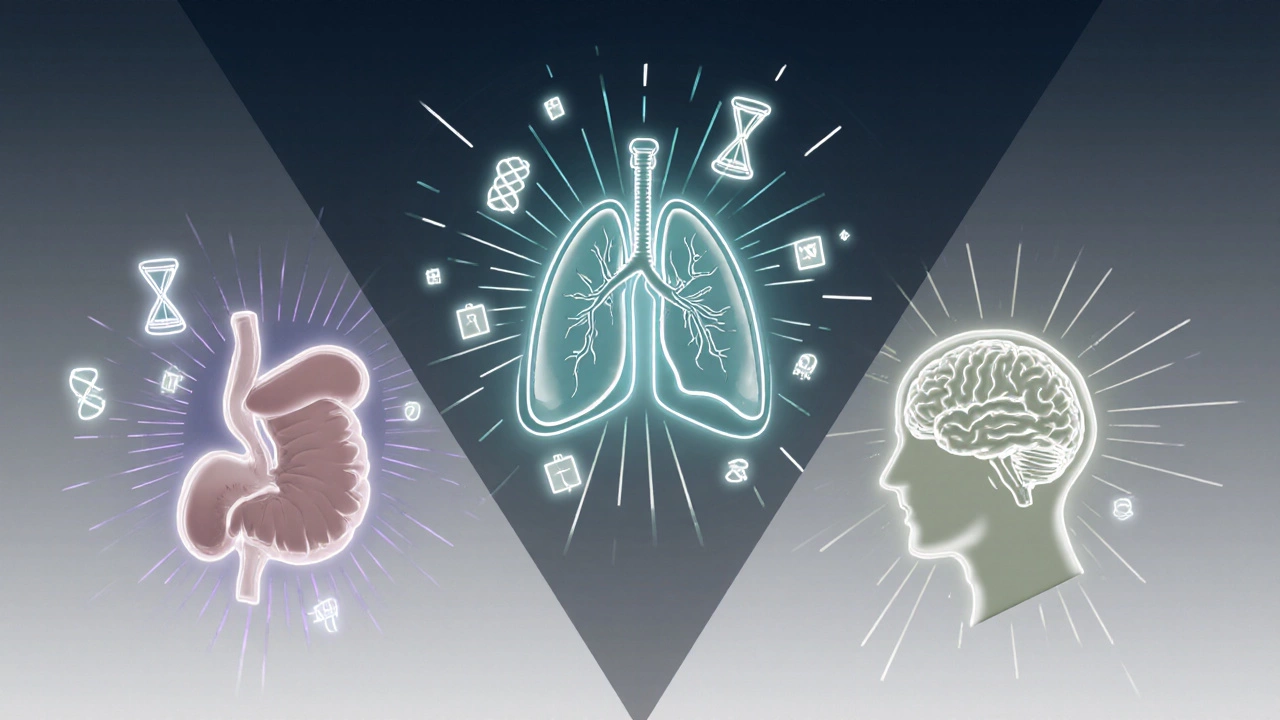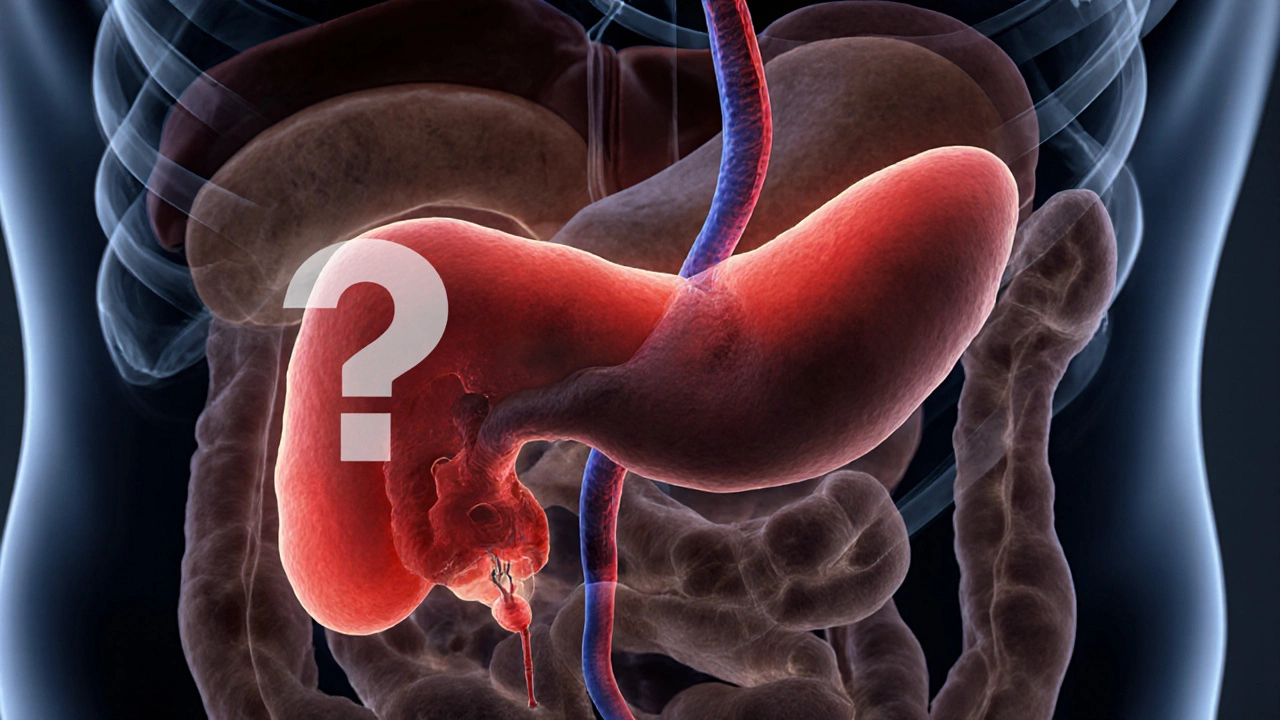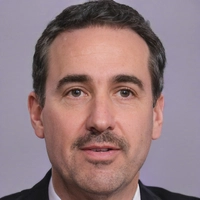Cancer Survival Calculator
Cancer Survival Calculator
Compare survival probabilities for pancreatic, lung, and brain cancers based on stage at diagnosis and risk factors
Survival Probability
Note: Survival rates based on 2024 NCI data and adjusted for risk factors. Early detection significantly improves outcomes.
When you hear the phrase most feared cancer, the answer that pops up most often is pancreatic cancer. It’s the disease that doctors and patients alike dread because it’s usually discovered late, has a 5‑year survival rate in the single digits, and offers few curative options.
Key Takeaways
- Pancreatic cancer tops the list of cancers that generate the most fear, mainly due to its low survival odds.
- Lung and brain cancers follow closely because of high mortality and aggressive behavior.
- Early detection and lifestyle choices are the strongest tools we have to lower fear and improve outcomes.
- New treatments such as immunotherapy and targeted drugs are slowly shifting the odds.
- Understanding the numbers behind each cancer helps put fear into perspective and guides action.
Why Fear Matters in Cancer
Fear isn’t just an emotion-it shapes how patients seek care, how societies allocate research funds, and even how clinicians discuss options. A cancer that is widely perceived as “un‑beatable” can lead to delayed screening, avoidance of symptoms, and higher mental‑health burden. By pinpointing which cancers truly deserve the ‘most feared’ label, we can target education, screening programs, and funding where they matter most.
Pancreatic Cancer: The Prime Candidate
Pancreatic cancer is a malignancy that originates in the tissues of the pancreas, an organ tucked behind the stomach that produces digestive enzymes and insulin. It accounts for about 3 % of all cancers in the United States but is responsible for roughly 7 % of cancer deaths, making it disproportionately lethal. According to the National Cancer Institute (2024 data), the overall 5‑year survival rate sits at just 10 %, and for patients diagnosed at the typical stage IV, survival drops below 3 %.
Risk factors include chronic pancreatitis, long‑term smoking, obesity, and a family history of genetic mutations such as BRCA2 or CDKN2A. Unfortunately, the pancreas sits deep in the abdomen, so early tumors rarely cause symptoms. By the time jaundice, unexplained weight loss, or back pain appear, the disease has often progressed beyond surgical resection.
Current standard treatment combines surgery (when feasible), chemotherapy (often gemcitabine‑based), and, increasingly, targeted therapy for patients with specific genetic alterations. Even with aggressive multimodal therapy, the median overall survival remains under 12 months for advanced cases.
Other Cancers Frequently Viewed as “Most Feared”
Lung cancer is the world’s leading cause of cancer death, responsible for 1.8 million fatalities in 2023. Its 5‑year survival hovers around 22 % overall, but drops below 5 % for the small‑cell subtype. The disease’s high mortality stems from widespread smoking exposure and the fact that early lesions are asymptomatic.
Brain cancer, especially glioblastoma multiforme, carries a grim prognosis. Median survival after diagnosis is roughly 15 months despite maximal surgical resection, radiation, and temozolomide chemotherapy. Its location in the central nervous system limits the effectiveness of many systemic drugs, intensifying the fear factor.
Other notable mentions include aggressive forms of breast cancer (triple‑negative), colorectal cancer with microsatellite instability, and advanced prostate cancer that becomes castration‑resistant. While each has a distinct clinical picture, they share common themes: late‑stage presentation, limited curative options, and intense emotional impact.

Comparison of the Top Three Feared Cancers
| Metric | Pancreatic cancer | Lung cancer | Brain cancer (glioblastoma) |
|---|---|---|---|
| Incidence (U.S.) | ~62,000 new cases | ~235,000 new cases | ~25,000 new cases |
| 5‑Year Survival Rate | ≈10 % | ≈22 % (overall) | ≈5 % |
| Typical Stage at Diagnosis | Stage III/IV (≈85 %) | Stage I/II (≈30 %) | Stage IV (≈70 %) |
| Primary Treatment Modality | Surgery + Chemotherapy | Surgery ± Chemoradiation | Surgery + Radiation + Chemotherapy |
| Emerging Therapy Highlights | PARP inhibitors for BRCA‑mutated cases | Immune checkpoint inhibitors for high‑PD‑L1 tumors | CAR‑T trials targeting EGFRvIII |
What Drives the Fear Factor?
Three core elements shape why a cancer becomes “most feared”:
- Low Survival Rates: When the odds of living five years after diagnosis are under 15 %, the disease looms large in public consciousness.
- Late Detection: Cancers that hide behind vague symptoms-like pancreatic or brain tumors-miss the window for curative surgery.
- Limited Treatment Arsenal: If standard chemotherapy, radiation, or surgery offer only modest benefit, patients perceive the disease as unbeatable.
Media coverage also amplifies fear. High‑profile stories of celebrity diagnoses, especially when outcomes are poor, reinforce the perception that certain cancers are hopeless.
Turning Fear into Action: Early Detection Strategies
While we can’t change tumor biology overnight, we can dramatically improve outcomes by catching cancers early. Here are concrete steps backed by data:
- Early detection programs for lung cancer using low‑dose CT scans have cut mortality by 20 % in high‑risk smokers (NLST trial).
- For pancreatic cancer, ongoing research into blood‑based biomarkers (CA‑19‑9 trends, circulating tumor DNA) promises earlier clues, though routine screening isn’t yet standard.
- Brain tumor screening relies on prompt neuro‑imaging when new headaches, seizures, or cognitive changes appear.
- Adopting healthy lifestyle habits-cessation of smoking, maintaining a healthy weight, limiting alcohol-lowers risk for several of the feared cancers.

Emerging Treatments That Shift the Landscape
Hope isn’t lost. In the past decade, novel therapies have nudged survival numbers upward, even for the toughest cancers.
- Immunotherapy (PD‑1/PD‑L1 inhibitors) has extended median survival for advanced lung cancer from 12 to over 20 months in many trials.
- Targeted drugs such as olaparib for BRCA‑mutated pancreatic cancer provide a median progression‑free survival boost of 3‑5 months.
- Precision radiation techniques (SBRT) allow higher doses to the tumor while sparing healthy tissue, improving local control in brain and lung lesions.
- Combination approaches-pairing PARP inhibitors with immune checkpoint blockade-are under investigation for pancreatic and brain tumors.
These advances don’t erase the fear overnight, but they illustrate that research momentum can turn a once‑hopeless diagnosis into a manageable chronic condition.
Frequently Asked Questions
Why is pancreatic cancer considered the most feared?
Its 5‑year survival rate is under 10 %, most cases are diagnosed at an advanced stage, and curative surgery is possible in only about 15 % of patients.
Can lifestyle changes lower the risk of these feared cancers?
Yes. Quitting smoking, maintaining a healthy BMI, limiting processed meat, and exercising regularly reduce the odds of lung, pancreatic, and several other high‑mortality cancers.
Is there a screening test for pancreatic cancer?
Routine population‑wide screening isn’t recommended yet. High‑risk groups (familial pancreatic cancer, genetic mutations) may enroll in specialized imaging or biomarker studies.
How do immunotherapies work against lung cancer?
They block the PD‑1/PD‑L1 pathway, re‑activating T‑cells to recognize and kill cancer cells, which can lead to durable responses in a subset of patients.
What should I do if I experience persistent, unexplained symptoms?
Consult a healthcare professional promptly. Early imaging or lab tests can rule out serious conditions before they advance.
Next Steps and Resources
Knowing which cancers trigger the most fear helps you focus on prevention and early action. Here’s a quick checklist you can follow:
- Schedule low‑dose CT screening if you’re a 55‑80‑year‑old with a 30‑pack‑year smoking history.
- Talk to your doctor about genetic testing if you have a family history of pancreatic or breast cancer.
- Adopt a smoke‑free, plant‑rich diet and aim for at least 150 minutes of moderate exercise per week.
- Stay vigilant for red‑flag symptoms: new‑onset jaundice, unexplained weight loss, persistent headaches, or coughing up blood.
- Use reputable sources such as the National Cancer Institute, American Cancer Society, or your local oncology center for up‑to‑date guidelines.
While the label “most feared” can feel overwhelming, remember that knowledge, early detection, and evolving treatments are powerful antidotes. By turning fear into informed action, you boost your chances of catching cancer early and accessing the best therapies available today.






